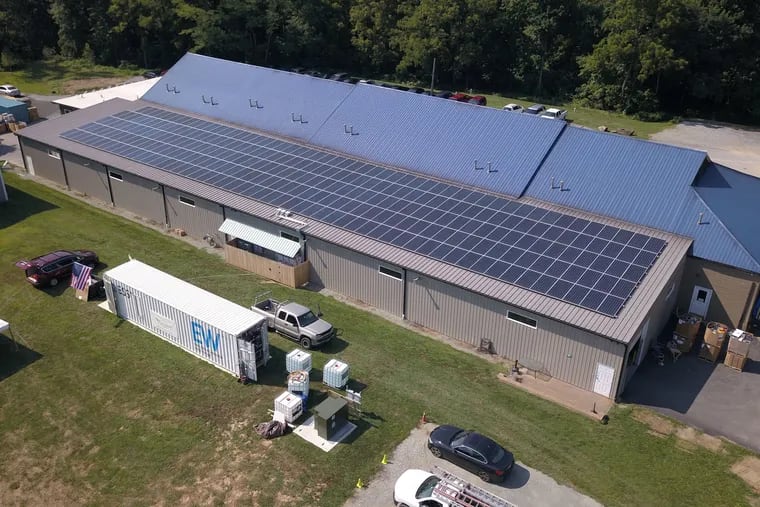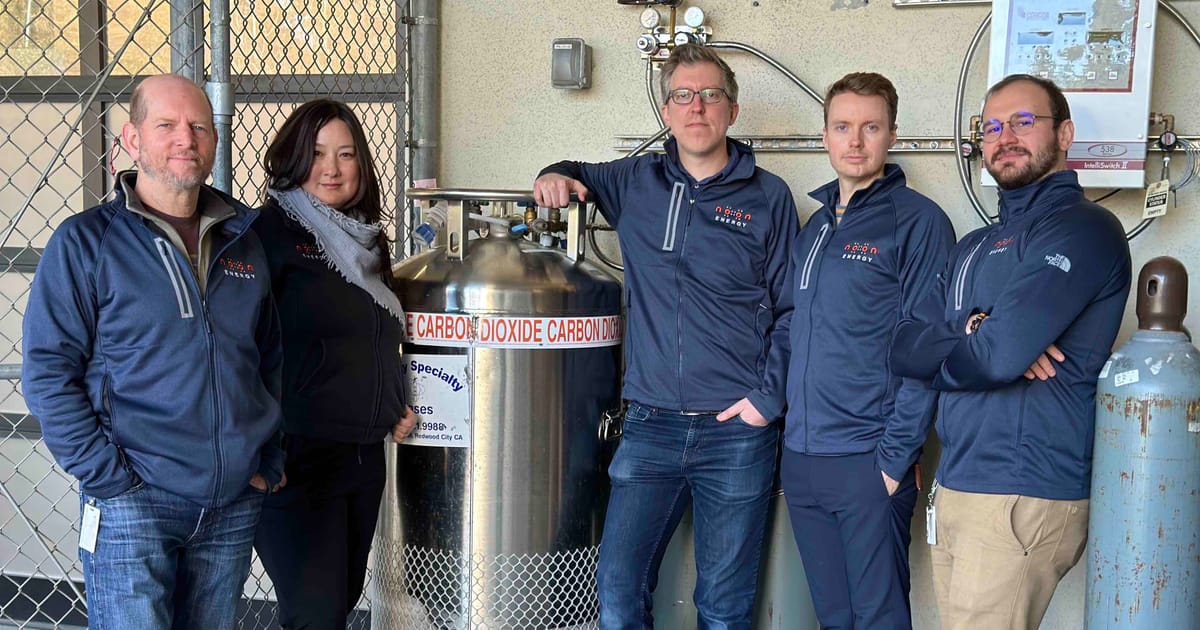This flow battery tech just popped up on my radar. No strategic materials, looks like its commercially available. Definitely not for transportation (low energy density) but a nice duck curve solution which can be mass produced and quick. I would see it as nice match with a small neighborhood microgrid.

 essinc.com
essinc.com

ESS Iron Flow Chemistry | ESS, Inc.
@ET-DC@eyJkeW5hbWljIjp0cnVlLCJjb250ZW50IjoicG9zdF90aXRsZSIsInNldHRpbmdzIjp7ImJlZm9yZSI6IiIsImFmdGVyIjoiIn19@







